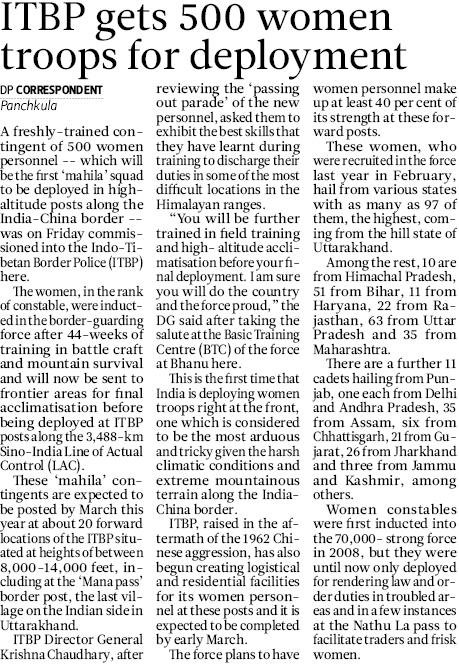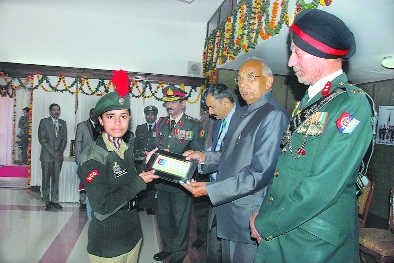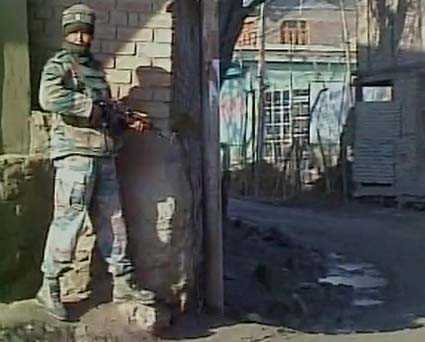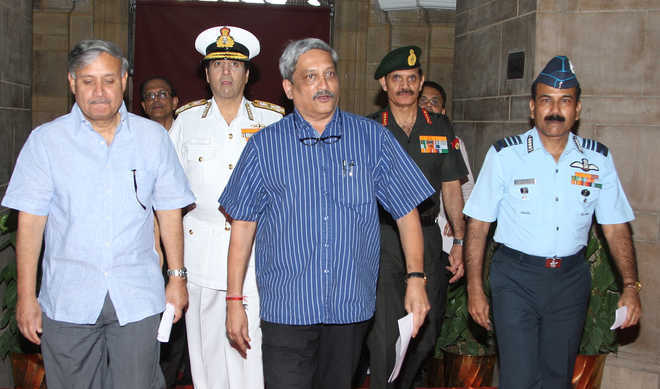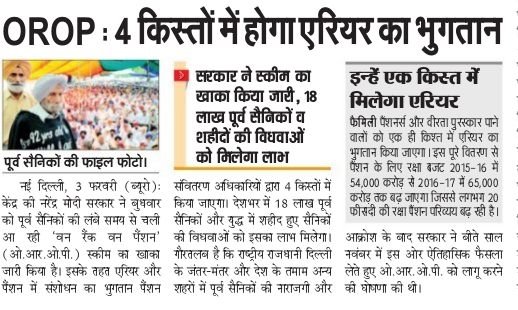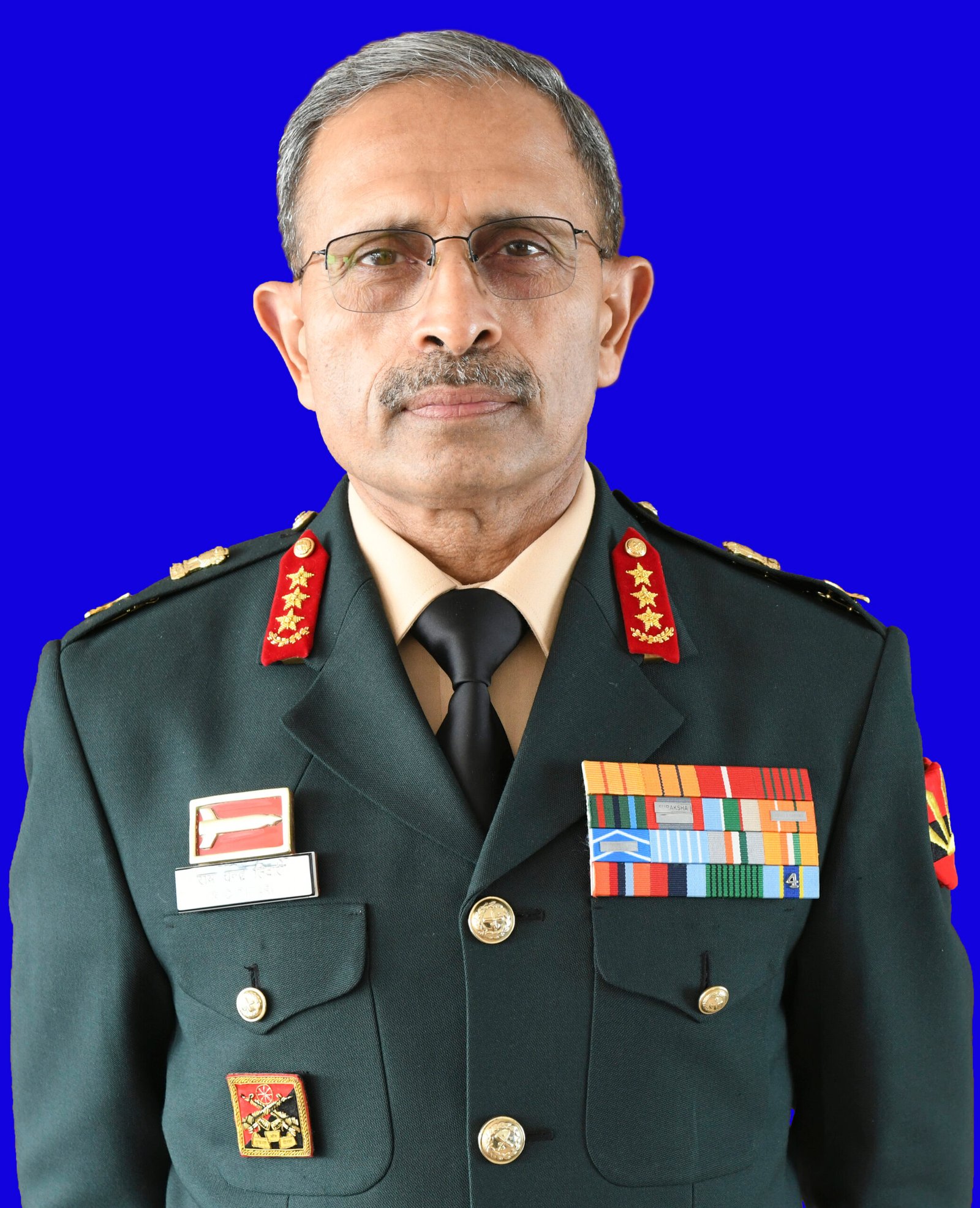Arteev Sharma,Tribune News Service.Jammu, January 15
Cross-border terrorism continues to bleed Jammu and Kashmir as the state has witnessed on an average eight terror-related incidents in a day during the past 25 years.During this period of turmoil and bloodbath, as many as 18,881 civilians and security personnel have been killed in over 69,000 terrorism-related incidents across the state since 1990, while around 21,800 terrorists have been gunned down in encounters with security forces during the period.This information was provided by the Union Ministry of Home Affairs in response to an RTI application here.“A total of 69,387 terrorism-related incidents have taken place in Jammu and Kashmir till December 13 last year since 1990. However, the number of terror incidents has shown a declining trend after 2002. The highest number of terrorism-related incidents was reported in 1995 when the state saw 5,938 such incidents followed by 5,829 terror incidents in 1994. Only 170 incidents, the lowest-ever in past 25 years, were witnessed in 2013,” the Union Home Ministry said.It said a total of 13,920 civilians have fallen to the bullets of terrorists from across the border since 1990. “In 1990, 461 civilians lost their lives, while the highest number of civilians (1,341) fell to the bullets of terrorists in 1996 followed by 1,031 civilians in 1995. The civilian causalities, too, have recorded a declining trend after 2003,” it said.After the eruption of insurgency in J&K, the Centre had to extend the Armed Forces Special Powers Act (AFSPA), which gives sweeping powers to the armed forces to detain suspects and use force, as the Armed Forces (Jammu and Kashmir) Special Powers Act, 1990, in the Kashmir valley in 1990 and the Jammu region in 2001, to deal with the terror situation.“A total of 4,922 security personnel laid down their lives while fighting terrorists during the past 25 years. Security forces suffered the maximum collateral damage in 2001 when 536 of their personnel were killed followed by 453 in 2002,” the Union Home Ministry said, adding that the collateral damaged being suffered by forces was significantly brought down in 2012 when only 15 personnel lost their lives. However, as many as 39 security personnel were killed last year till December 13.The security forces eliminated 21,777 terrorists till December 13 last year since 1990 and the maximum number of terrorists (2,020) was gunned down in 2001 followed by 1,707 terrorists in 2002. Last year alone, 105 terrorists were gunned by security personnel in the state.
Heavy casualties
- 4,922 security personnel laid down their lives while fighting terrorists during the past 25 years.
- Security forces suffered the maximum collateral damage in 2001 when 536 of their personnel were killed followed by 453 in 2002
- The collateral damaged was brought down in 2012 when 15 personnel lost their lives.
- 39 security personnel were killed last year till December 13.
- 461 civilians lost their lives in 1990. 1,341 and 1,031 civilians fell to terrorists’ bullets in 1996 and 1995, respectively.























































